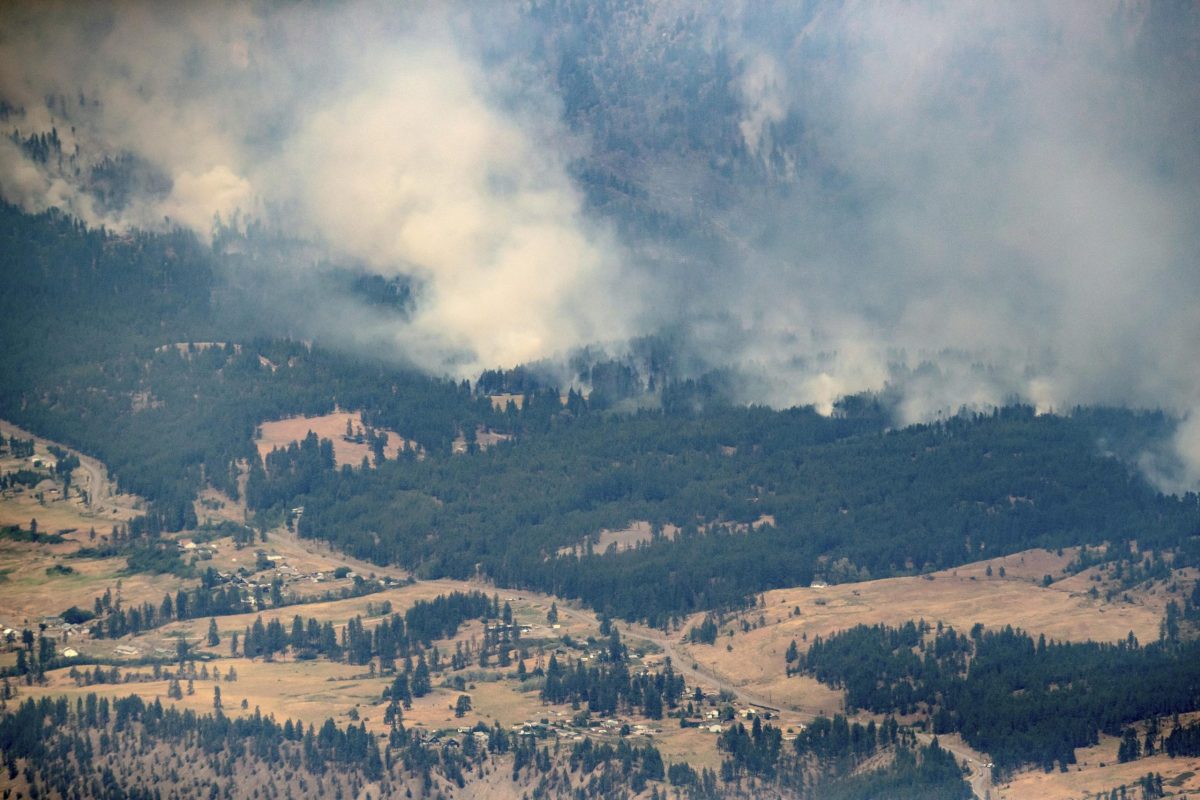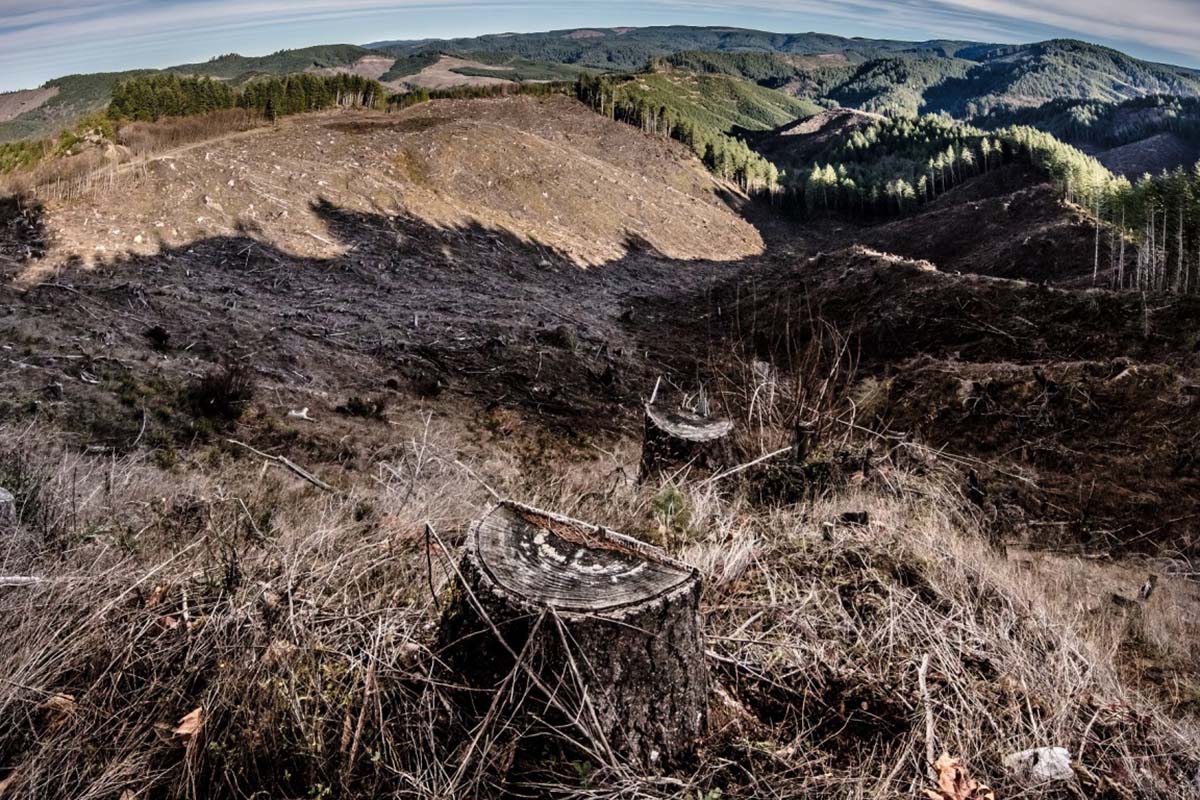How Oregon generates and uses energy is influenced by the climate crisis.
Electricity Demand
Warmer temperatures in certain areas could increase electricity demand due to the need to cool workplaces and homes. As a result, it would create stress on energy systems, and it will be challenging for utilities to meet the demand.
Energy Sustainability
Longer and more frequent wildfires that affect many areas could lead to power shut-offs and infrastructure outages to lessen risk. Extreme weather conditions as such can affect transmission lines and energy facilities, threatening energy sustainability.
Transportation Fuels
Landslides and flooding can create damage to storage facilities and pumping stations. Increased intensity and frequency of power outages and flooding interfere with gas stations and fuel outlet operations.
Oregon is doing its best to lessen greenhouse emissions while fighting against climate changes for reliable energy, cleaner air, energy independence, and more.

Save Energy
Improving smart-grid solutions and energy efficiency in farms, offices, homes, schools, and industries can decrease energy consumption and expense while minimizing gas emissions.
Improve Resilience and Reliability
Oregon is active in building a system that includes distributed renewables, energy generation, batteries, microgrids, and more in case of natural disasters due to climate change.
Cleaner Fuels
Supporting facilities that use clean fuels, such as hydrogen, renewable gas, and electricity, including alternative transportation forms (biking, walking, public transportation, and carpool), give consumers better options and more choices to adapt to the transition for cleaner energy and a safer future.



